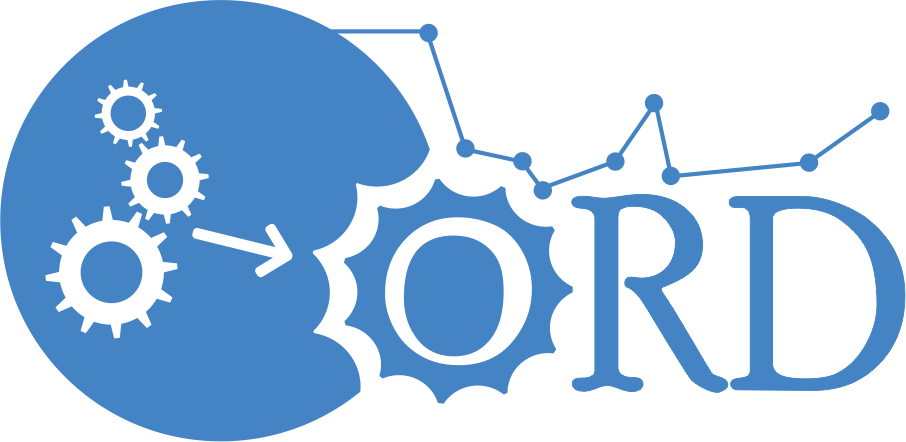Issue: 2013/Vol.23/No.3, Pages 57-69
MEASURING HUMAN CAPITAL IN EDUCATION
Stanisław Walukiewicz , Aneta Anna Wiktorzak
, Aneta Anna Wiktorzak
Cite as: S. Walukiewicz, A. A. Wiktorzak. Measuring human capital in education. Operations Research and Decisions 2013: 23(3), 57-69. DOI 10.5277/ord130305
Abstract
We consider education as a number of multistage creative processes and analyse one of them – teaching knowledge (Process P1) in detail. We describe the idea of a virtual production line (VPL) in the sense introduced by Walukiewicz in 2006 as an extension of Henry Ford’s classical production line (CPL). Teachers connected by the Internet provide education to students on a VPL – a kind of virtual belt – teaching a given set of subjects (tasks), offering knowledge by a prescribed methodology, etc. In contrast to a CPL, teachers on a VPL will use their brain power mostly and divide the teaching process into a number of tasks in what is called “self-organization of a VPL”. Thus, a VPL shall be defined as a division of labor into tasks, while a CPL will just remain a partition of labor into a fixed number of jobs (tasks). Next, we introduce the value of human capital represented by a given student as a measure of P1 efficiency and compare it with the indicators used so far. In Poland, the problem is that different skills of students are not measured within one, integrated system. We propose a solution to this problem and furnish relevant field study results.
Keywords: human capital, virtual production line (VPL), classical production line (CPL), efficiency of education
Received: Accepted:
